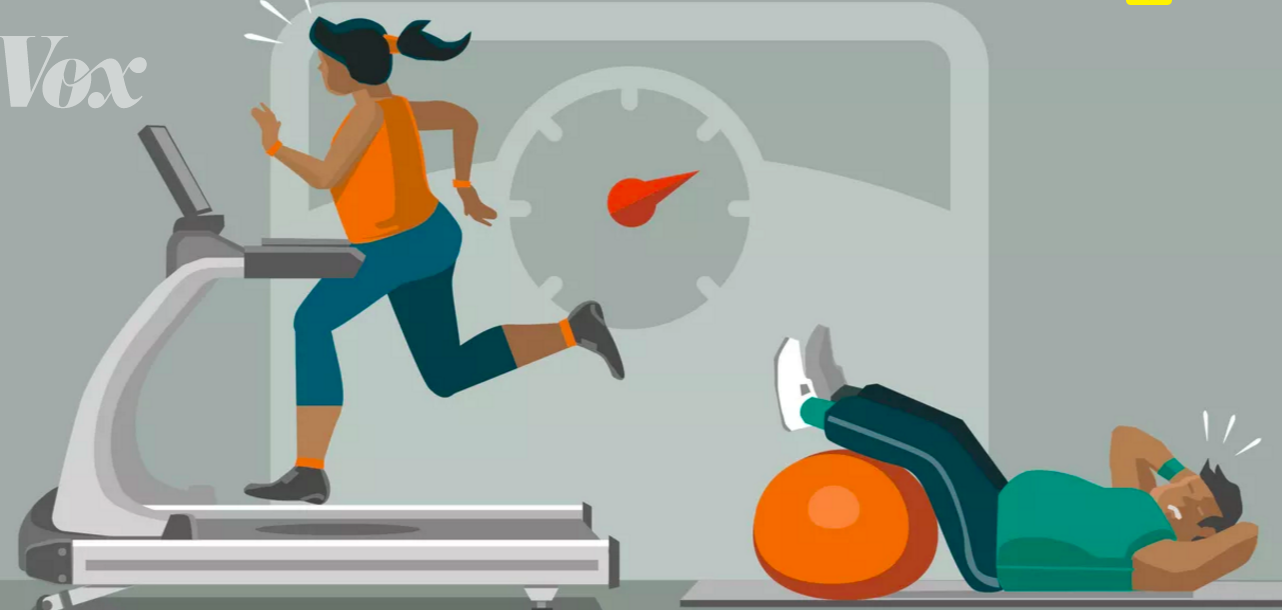SUPERVISION: A 20 YEAR THEME IN EXERCISE RESEARCH
|
|
|
|
Cardio doesn't do what we think (or hope) it does
Intensity Defined
The scientific literature clearly delineates that “intensity” is the primary stimulus for our bodies to change and improve as a result of engagement in a resistance exercise program. Intensity is most important controllable factor (uncontrollable factors include percentage of fast twitch or slow twitch muscles fibers, muscle belly length, tendon length, and muscle insertion) in an individual’s response to an exercise program. It appears that the other variables of an exercise program, although important, are simply not as meaningful as the intensity with which we exercise. This leads us to an important (and often ignored) question: What is intensity? Intensity can be defined as a percentage of our momentary ability to perform an exercise. Stated other wise, it has nothing to do with the amount of weight we lift, it has everything to do with our effort. Lifting a relatively heavy weight for 6 reps or a relatively light weight for 20 reps are both deemed “intense” so long as it is utterly impossible to lift a 7th rep or a 21st rep. When looking to produce better results, faster results, or to break through a plateau, the first place to turn your attention to should be your training intensity. Most well intended trainees err in almost the opposite direction. They add more exercises, add more sets, and/or increase the number of weekly workouts. All of these are steps in the wrong direction.




Leave a Reply
Your email address will not be published.